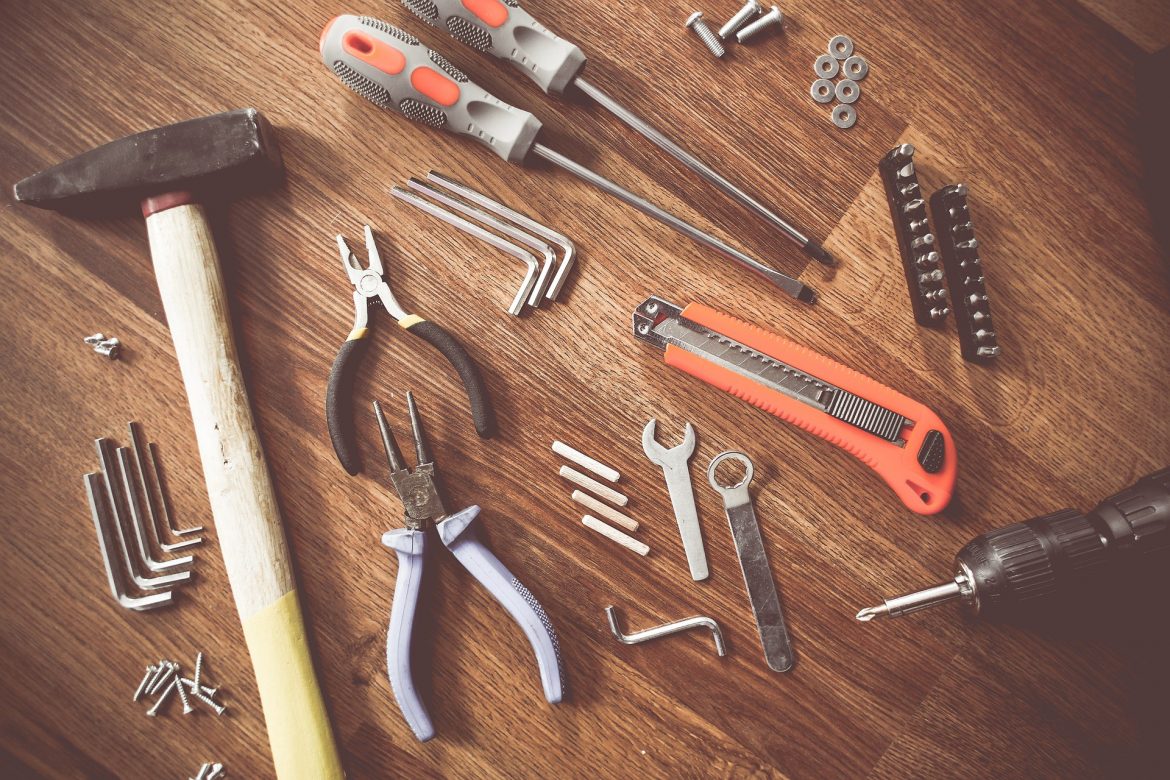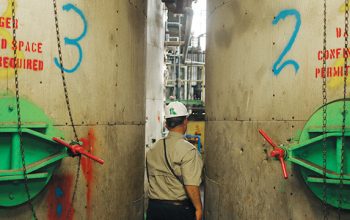By misusing them in daily work life, sometimes the most frequent errors with hand tools become generators of multiple accidents that especially involve the hands or arms.
To maintain well-being, we must bear in mind the most frequent categories of causes related to the use of hand tools:
- Select the wrong tool for the job to be done.
Unravel it if you can: we use the knife to unscrew, the screwdriver to nail, the hammer to break walls, the ax to dig, the shovel to chop, the pick to knock down walls, the pliers to hammer, the keys to wedge, the trowel to to break. We even use tool manuals as material to wrap screws.
If we or our workers have experienced any of the above situations, we have to activate the alarms, as there are deep gaps in the concept of safe practices.
- Using poorly crafted or faulty tools
We can be injured by design flaws or lack of maintenance. Take for example, a hammer with a short handle, chisels and punches with cracked heads, power tools with faulty switches, or files with worn teeth.
It is necessary that each company keep a record that allows identifying the traceability of each tool in terms of design, use and comprehensive maintenance plan.
- Misuse of the tool
We can choose the tool well, but if the worker does not know the proper technique to use it, the chances that the fingers, hands and any other part of the body can be reached by being within the direction of the work plane increase. It is not for nothing that accidents occur in the fingers with the hammer.
It is very important that training in the use of hand tools be included in your induction and reinduction program, no matter how simple they may seem.
- Bad housekeeping practices
Leaving the tools in places other than those designed or not having a good tidying and cleaning program , generate difficulties in multiple ways, for example, loss of instruments, accelerated wear and tear and decrease in the safety design of the equipment and, of course, trips or unexpected and dangerous contacts with tools.
For this, it is optimal to evaluate the results of your tidiness and cleanliness program from time to time to prevent this bad practice from taking over your work.
- Dangerous tool transport
Make sure that your company has a safety protocol for the transport of tools , as well as elements designed for this purpose such as trolleys or tool belts.




